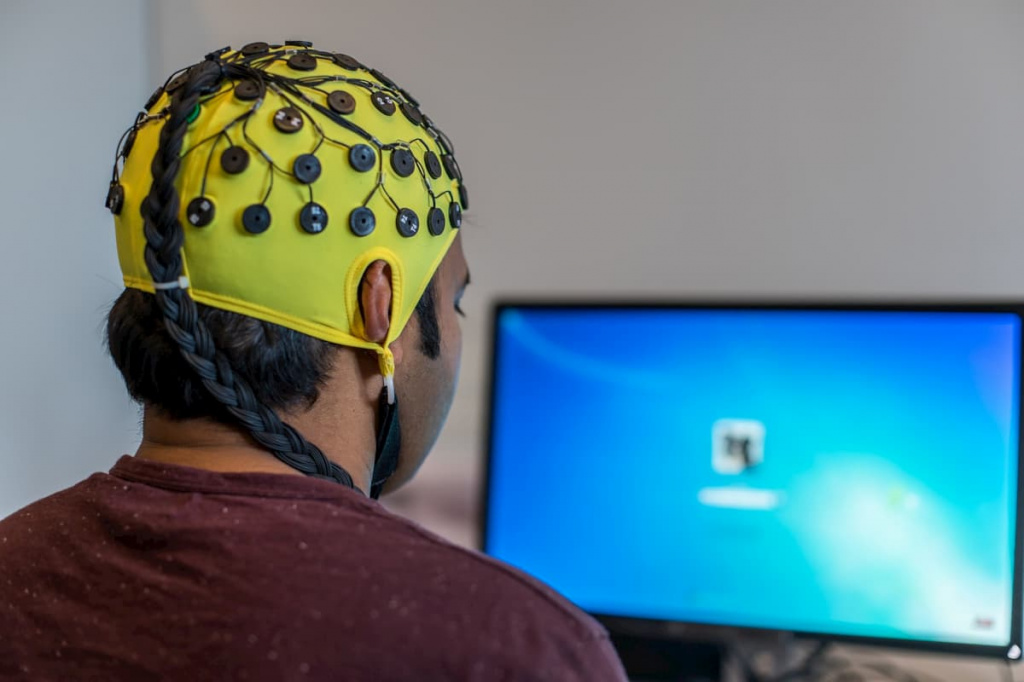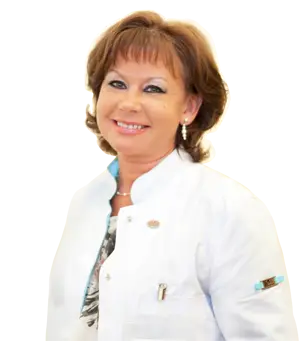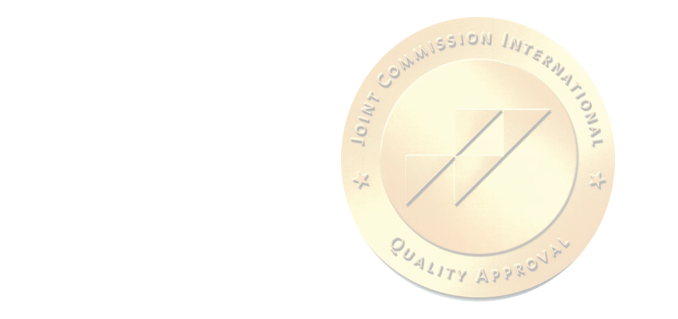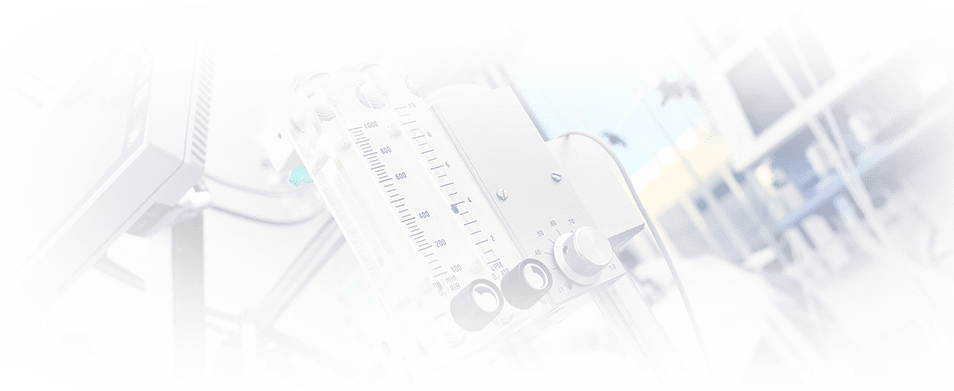Echoencephalography (Echo-EG)
Echoencephalography (Echo-EG) is a diagnostic method for investigations of the brain using ultrasound. It is very popular among doctors of varying specialisms, thanks to the simplicity of the procedure and the informativeness of the findings which show the condition of the brain objectively, the presence of possible diseases and pathological deviations. Systematic Echo-EGs make it possible for a neurologist to assess the degree of development of a disease or the body's response to an administered therapy.
Cerebral echoencephalography practically has no side effects or contraindications for use, making it able to be performed on patients of any age including newborns, pregnant and breast-feeding women. Echoencephalography allows for more complex and expensive diagnostic methods (CT or MRI) to be replaced in many cases.

Highly-qualified and experienced specialists work at the JSC «Medicine» (clinic of academician Roytberg) in Moscow; performing cerebral Echo-EG at the highest level. Our Diagnostic Department is equipped with the latest equipment from the top manufacturers worldwide. All these factors guarantee that the findings of the ultrasound diagnosis are 100% accurate. Prices for the procedures are optimal for most patients.
You can arrange a visit and have an Echo-EG at our clinic by calling +7 (495) 775-73-60 (24/7).
Indications for Echo-EG in Adults and Children
Echoencepalography is performed in case of suspected cerebral diseases (intracranial haematomas, head tumours, abscesses, strokes etc.). The doctor may refer the patient to this ultrasound test if he (she) has such typical complaints as:
- head injuries and contusions;
- dizziness, tinnitus;
- speech and motor coordination disorders;
- frequent fainting fits;
- neurotic disorders (tics, stammering, urinary incontinence, etc.);
- attacks of nausea not associated with food intake;
- memory disorders;
- impaired ability to work.
How Is Echoencephalography Done
The patient sits down in comfortable armchair or lies down on a couch. A special gel is applied to his (her) head at certain points for better transmission of the ultrasound signals. After that, the doctor starts the brain investigation using a sensor.
There are two standard scenarios for echoencephalography. The emission method uses one sensor, which is applied to that point on the head where the ultrasound waves need to penetrate. The transmission method uses two sensors, which are applied to both sides of the head. Your attending Doctor will decide which of these diagnostic techniques should be chosen, depending on the purpose of the Echo-EG.
The result of the test is an echoencephalogram, a graphic image showing the true condition of the cerebral structures including the presence of haematomas, cysts, foreign bodies, abscesses, etc. This information helps the doctor make a precise diagnosis and determine the plan for therapeutic and rehabilitation measures.
Doctors







